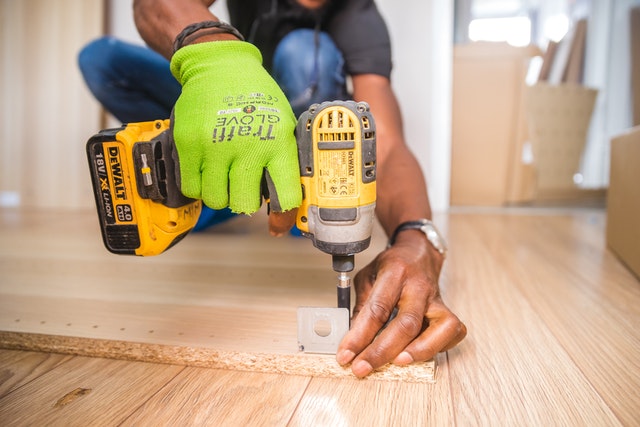Drills and punches are tools that have multiple uses. They are generally grouped according to the shape of the points they have. Various kinds of punches have different functionalities. During workshops, participants learn how to make the most of each type. Listed below are some of the most common punches: hollow, center, and solid.
Transfer punch
Drills and punches have multiple uses. They are both designed to drill holes into a piece of metal, such as sheet metal. While drilling uses a spinning bit to produce a hole, punching uses a shearing force to push through a piece of metal. Depending on the size and type of punch, punching can leave a hole of the same size or a much larger spot. For more products and discounted rates of hardware, click here.
The most common punch is a prick punch. This tool uses a hammer to drive a point into the workpiece. Holes come in various designs but generally follow the same basic structure. It would help if you placed the tool directly on the metal piece to use a prick punch. Be sure to properly align the hole so that the hole will be centered on the metal piece.
Center punch
A hole saw can make an off-center mark in a sheet metal component. To avoid this problem, it’s best to mark the center of the hole with a sharp pencil or scribed crosshairs. On the other hand, a center punch leaves dimples on sheet metal that guide the tips of drill bits and points. This method can be more flexible and convenient than drilling by hand.
While center punches and drills have similar uses, they can also be used for different purposes. Often used as a marking tool, these tools can be enlarged by a center punch for drilling. Both holes have different uses, so it is essential to learn their multiple services before purchasing a drill.
Drill-locating tool
A drill-locating tool for punches and drilling tools is one of the best tools for woodworking. These versatile and adjustable tools help you drill holes in wood furniture without wasting time. You can use them to make your holes straight and accurate. They are also great for installing cabinets, as they can be adjusted to fit any surface. These tools can be purchased from a woodworking store for a fair price.
A Drill-locating tool for punches and drilling is indispensable for construction workers and professionals alike. It allows you to see the location of any drill or point and eliminates the need for guesswork when locating it. The tool also has an adjustable depth gauge, so you can make precise drilling without making any mistakes. Unlike traditional drill locators, this tool has a precision scale and is made of a corrosion-resistant aluminum alloy.
Hollow vs. solid punch tools
Punches are mechanical tools made of carbon steel, hardened and tempered, with two basic categories: solid and hollow. A solid punch is made of a steel rod with various shaped points designed to cut and puncture a surface. A hollow punch is made of steel, and its working end is typically different from a solid punch’s. This punch benefits multiple applications, including cutting holes and removing pins. They can be made to fit into different shapes, and their hollow counterparts are used for other applications, like punching out steel blanks.
Both solid and hollow punches are used for various types of holes, ranging from small to large. Solid points are often called pin punches because they look like pins. While the solid punch is made of one piece of metal, they are best suited for general punching work. These punches are usually sold in sets of several different sizes. The difference between solid and hollow punch tools lies in how the hole is made.
Limitations of hole punching
The advantages of hole punching over drilling can be overwhelming. The process is relatively simple, but this technique has some limitations. The minimum punch diameter is one gauge thick, and the material left outside of the hole is about the same gauge thickness as the sheet metal component itself.A downside of hole punching is tool wear, which can be a massive problem if the material is fragile. Likewise, hole punching only works on thin materials, so be careful with your material and tool selection. You might end up with huge burrs and a poorly formed hole. Nevertheless, this process is widespread in high-volume sheet metal fabrication, such as automobile parts and airplane frames, because it can produce multiple shaped holes.

